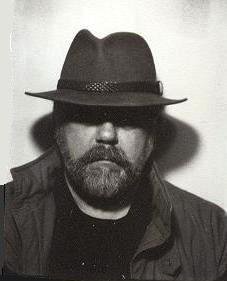
BJ Omanson
BJ Omanson was born and raised in the Spoon River valley of Stark County,
Illinois, where both sides of his family have lived and farmed since the
mid-19th century.
Omanson dropped out of high school at age 17 and
never earned a HS diploma. He began taking college
courses the following year and continued to take courses intermittantly
over the next twenty-or-so years, eventually earning a BA in English & philosophy from Rockford
College.
At 23, Omanson camped for a year in primitive shelters
along the Calawah and Hoh rivers on the Olympic
Peninsula, where he discovered Taoism and the Cold Mountain poems
of Han Shan, and determined to dedicate his life to poetry (see his
memoir
"Three Years on the Nowhere Road").
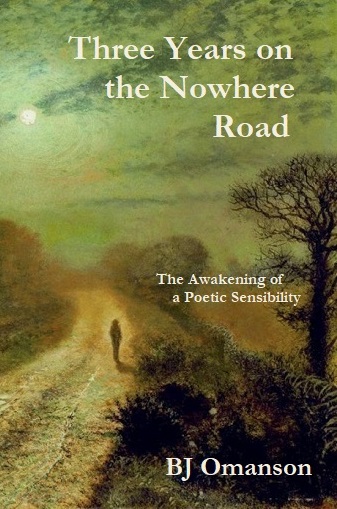
BJ Omanson's road to becoming a poet began about
as far from the classroom as can be imagined.
He had dropped out of high school five years
earlier and had no intention of returning. He
was 22, living alone in a primitive shelter above
the Calawah River in the wilds of the Olympic
Peninsula and working in a little shake mill outside
of Forks, Washington. His journey began one winter
morning in a stand of old-growth Sitka spruce when
a fellow mill-worker and ex-Sgt of Marines named
Mitch handed him a sheaf of folded pages, worn
at the corners and tearing at the creases. They were
poems that Mitch had copied out by hand and carried
in his jacket pocket for months until finally
deciding to pass them along. They were Gary Snyder's
translations of the Cold Mountain Poems,
written by a half-mad old hermit named Hanshan who
lived in a cave overlooking the Yellow River in
8th-century China. For the rest of the winter,
ensconced in his shelter with a small fire for warmth,
seven miles from the nearest neighbor, Omanson read
and re-read the ancient poems, along with other books
of literature, ethnology and mysticism, and wrote his
first cycle of poems. ---- Volume I of Three Years
on the Nowhere Road chronicles that first winter
on the Calawah, his hazardous work in the mills and on
the steep, logged-over slopes, his encounters with a
Sasquatch and other backwoods eccentrics, and his first
steps on the arduous, solitary road to becoming a poet.
|
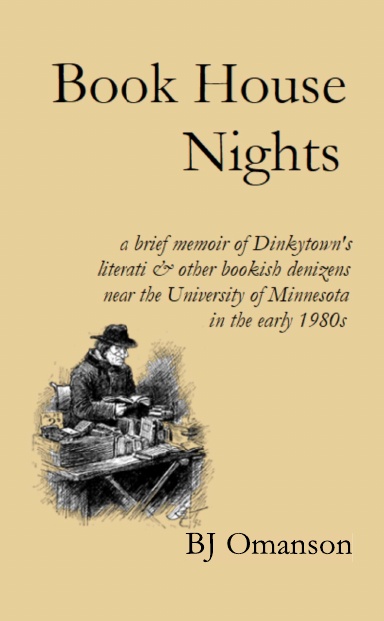 Over the next fifty years Omanson held a wide
range of blue collar jobs, including assembly-line
worker in various factories, tree trimmer, gardener, mower, nursery-hand, farmhand, cabbie & custodian. He also clerked in
second-hand bookstores for several years, where he learned the used-book trade.
(See his memoir, "
Book House Nights").
Over the next fifty years Omanson held a wide
range of blue collar jobs, including assembly-line
worker in various factories, tree trimmer, gardener, mower, nursery-hand, farmhand, cabbie & custodian. He also clerked in
second-hand bookstores for several years, where he learned the used-book trade.
(See his memoir, "
Book House Nights").
For six years, on a part-time basis, Omanson worked as design & layout
editor for the academic journal, Medieval Perspectives. He used
the experience gained in this work to expand his used-book business,
Monongahela Books, into book design and publishing, specializing
in American history and culture.
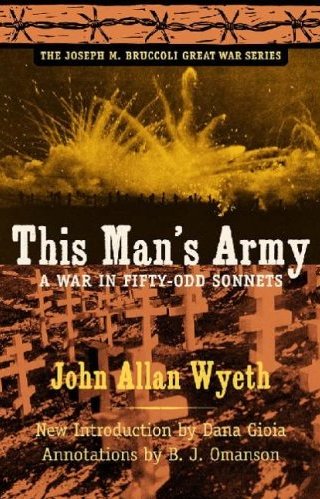 In the early 1990s Omanson rediscovered a completely unknown American poet
of the First World War, John Allan Wyeth, and worked over several years,
with the help of poet and critic Dana Gioia, to bring Wyeth to light. Their
efforts culminated in 2008 in a reprint of Wyeth's 1928 collection,
This Man's Army:
A War in Fifty-odd Sonnets by the University of South Carolina Press, as part
of their Joseph M. Bruccoli Great War Series (general editor Matthew Bruccoli),
for which Omanson provided the historical annotations and Gioia the introduction.
Omanson would later publish a collection of his own essays on Wyeth,
Before the Clangor of the Gun: The First World War Poetry of John Allan Wyeth.
In the early 1990s Omanson rediscovered a completely unknown American poet
of the First World War, John Allan Wyeth, and worked over several years,
with the help of poet and critic Dana Gioia, to bring Wyeth to light. Their
efforts culminated in 2008 in a reprint of Wyeth's 1928 collection,
This Man's Army:
A War in Fifty-odd Sonnets by the University of South Carolina Press, as part
of their Joseph M. Bruccoli Great War Series (general editor Matthew Bruccoli),
for which Omanson provided the historical annotations and Gioia the introduction.
Omanson would later publish a collection of his own essays on Wyeth,
Before the Clangor of the Gun: The First World War Poetry of John Allan Wyeth.
In 2019, Omanson published Stark County Poems, a collection of over
fifty poems written over thirty years, portraying the history of a small
rural county in central Illinois, along the upper Spoon River valley.
Chronologically arranged, and incorporating letters, newspaper articles, obituaries, family stories,
early county histories and diaries, the poems cover a century of the
county's history, from the 1830s through the 1930s.
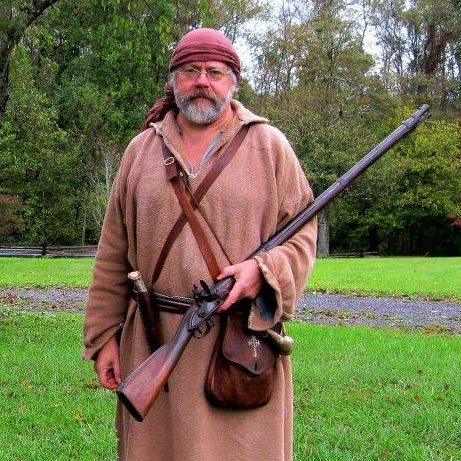 Before retiring to work on his publishing, research and writing full-time,
Omanson worked for ten years as an historical interpreter at Prickett's
Fort, a living-history refuge fort (18th century) on the
Monongahela River in West Virginia.
Before retiring to work on his publishing, research and writing full-time,
Omanson worked for ten years as an historical interpreter at Prickett's
Fort, a living-history refuge fort (18th century) on the
Monongahela River in West Virginia.
BJ Omanson lives with his wife, Marian Hollinger, in Morgantown, West Virginia.
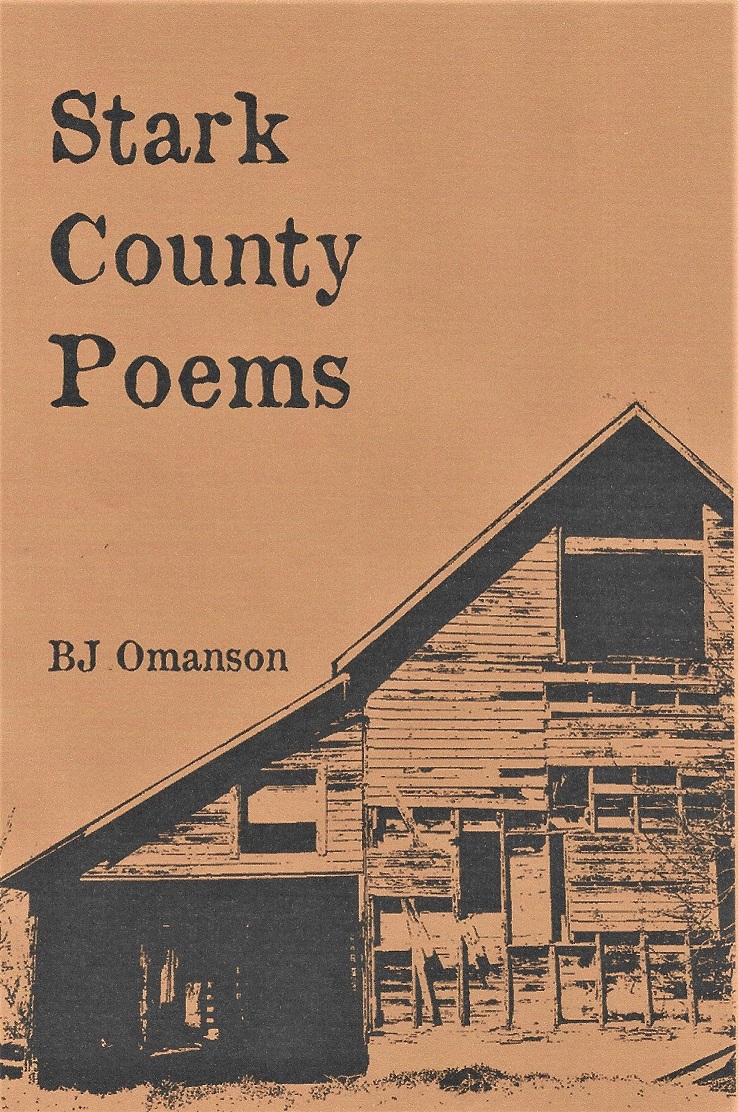
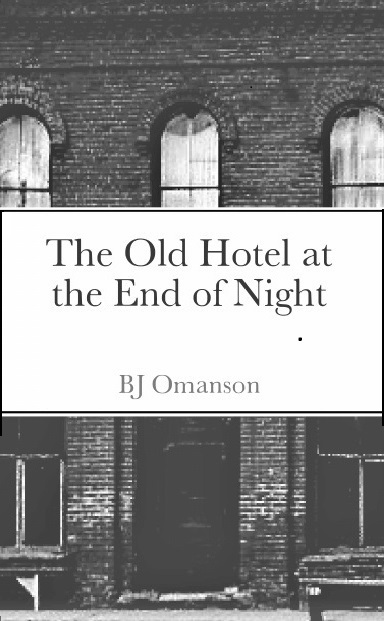
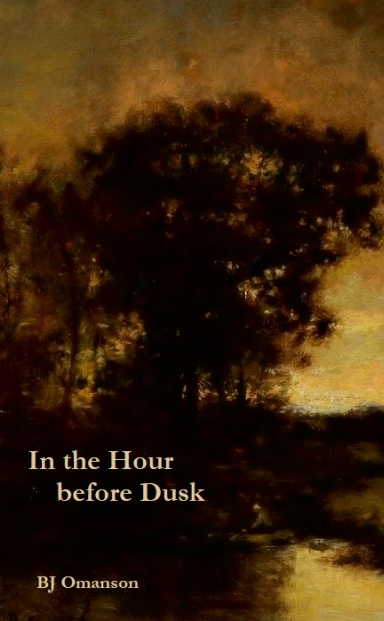
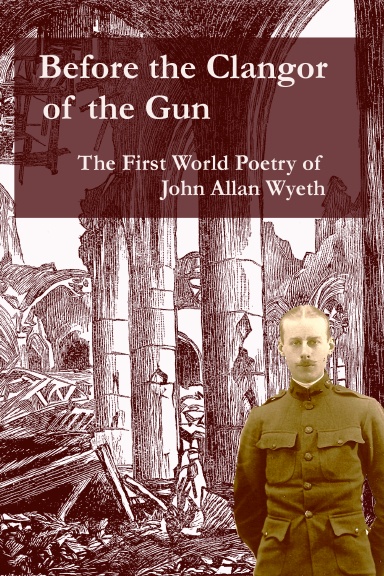
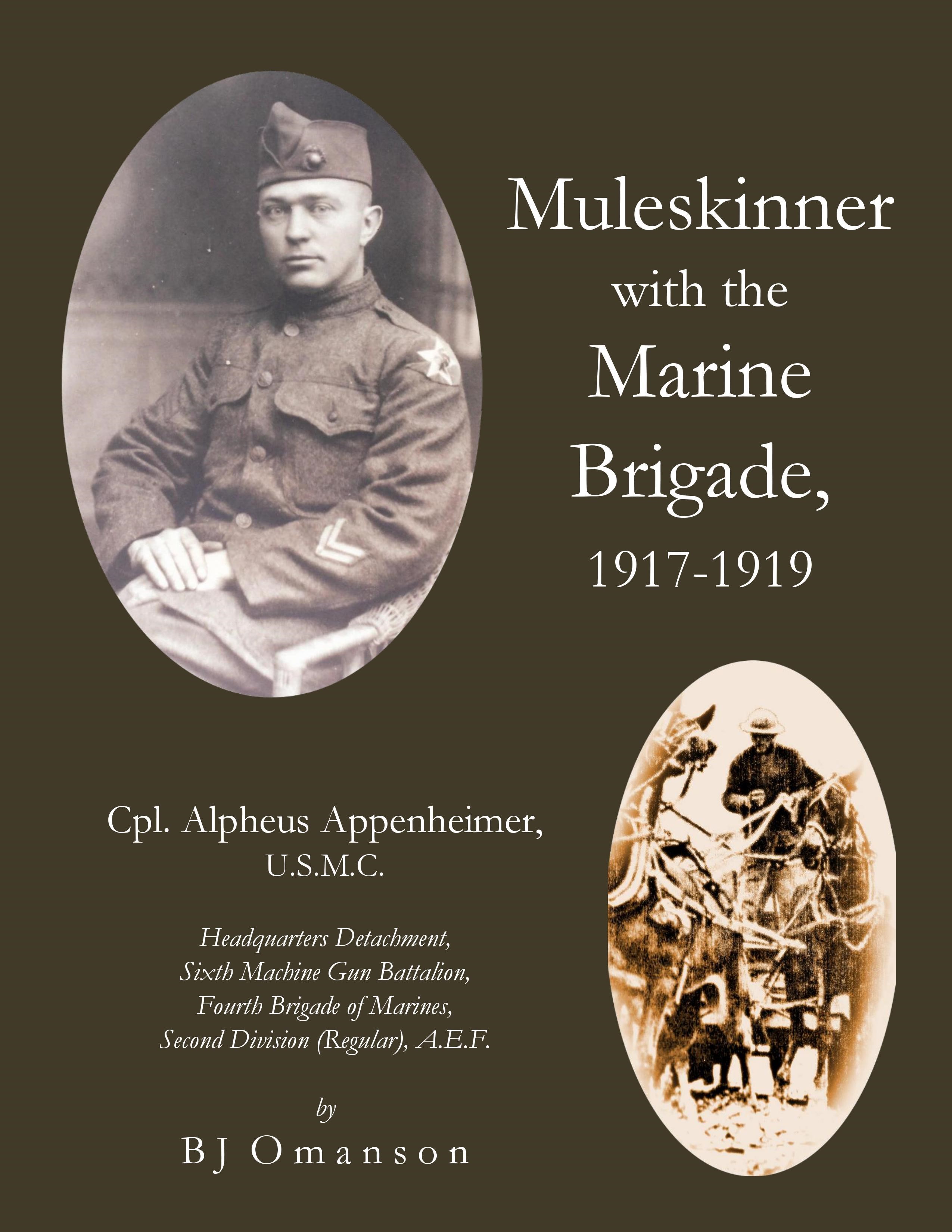
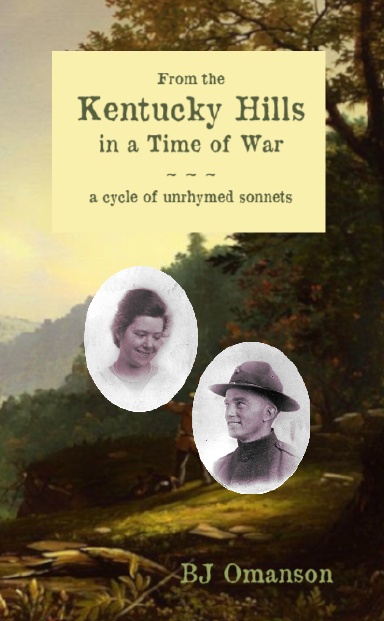
|